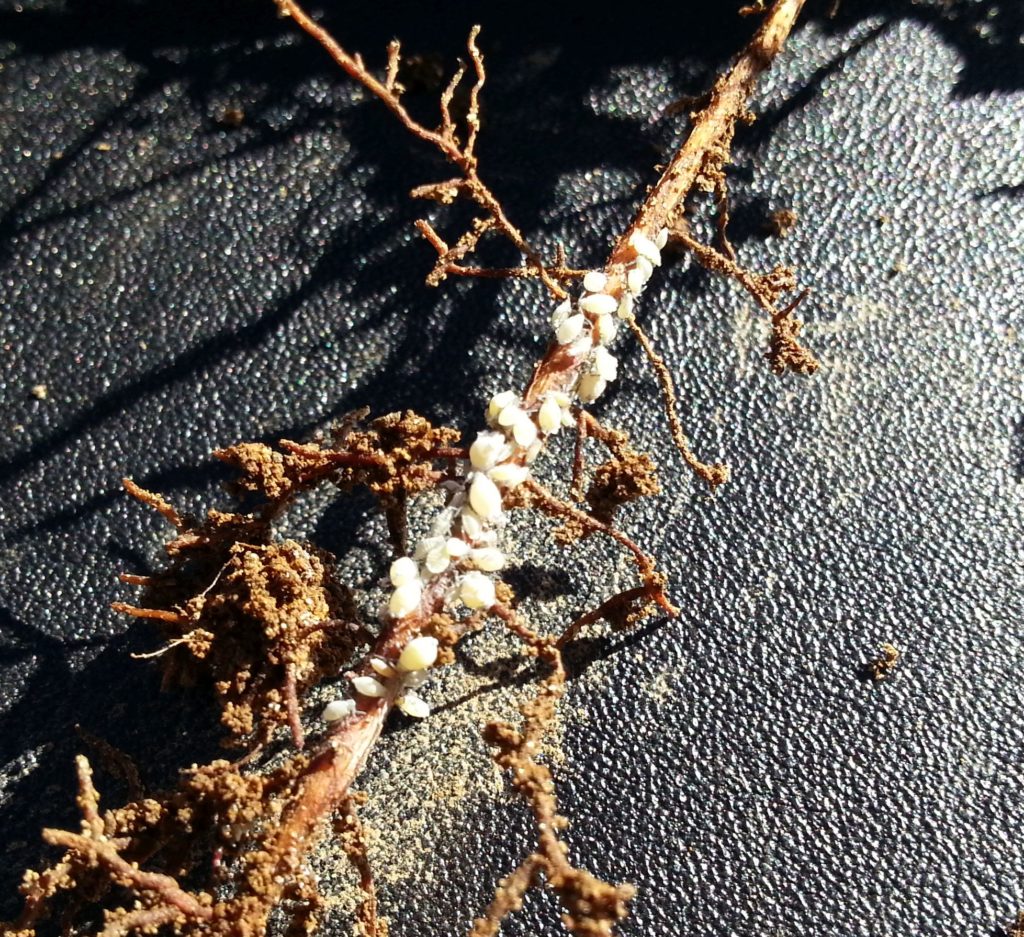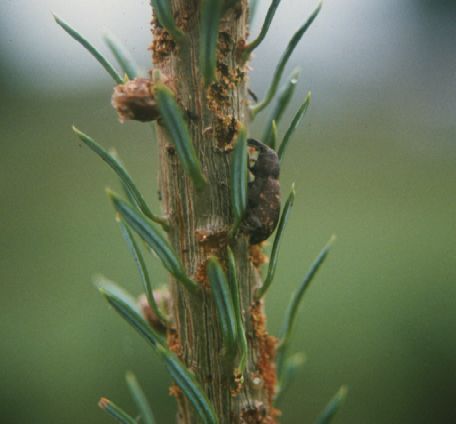Additional Pests to Recognize
go.ncsu.edu/readext?792427
en Español / em Português
El inglés es el idioma de control de esta página. En la medida en que haya algún conflicto entre la traducción al inglés y la traducción, el inglés prevalece.
Al hacer clic en el enlace de traducción se activa un servicio de traducción gratuito para convertir la página al español. Al igual que con cualquier traducción por Internet, la conversión no es sensible al contexto y puede que no traduzca el texto en su significado original. NC State Extension no garantiza la exactitud del texto traducido. Por favor, tenga en cuenta que algunas aplicaciones y/o servicios pueden no funcionar como se espera cuando se traducen.
Português
Inglês é o idioma de controle desta página. Na medida que haja algum conflito entre o texto original em Inglês e a tradução, o Inglês prevalece.
Ao clicar no link de tradução, um serviço gratuito de tradução será ativado para converter a página para o Português. Como em qualquer tradução pela internet, a conversão não é sensivel ao contexto e pode não ocorrer a tradução para o significado orginal. O serviço de Extensão da Carolina do Norte (NC State Extension) não garante a exatidão do texto traduzido. Por favor, observe que algumas funções ou serviços podem não funcionar como esperado após a tradução.
English
English is the controlling language of this page. To the extent there is any conflict between the English text and the translation, English controls.
Clicking on the translation link activates a free translation service to convert the page to Spanish. As with any Internet translation, the conversion is not context-sensitive and may not translate the text to its original meaning. NC State Extension does not guarantee the accuracy of the translated text. Please note that some applications and/or services may not function as expected when translated.
Collapse ▲The following are some additional pests that you might find while scouting.

pine needle scale
Pine needle scale: The pine needle scale is native to North America, but there are different species in different regions. These can only be distinguished by a trained entomologist. The presence of pine needles scales has resulted in regulatory scrutiny with plant materials sent to other states. Otherwise, this pest have never developed into a problem with Fraser fir Christmas tree production.
How to identify pine needle scale:
- Examine any shoots with mottling for scales on the underside of needles.
- Pine needle scales are long, white to greyish white with a yellow, pointed apex. They are distinguished from elongate hemlock scale because there are no brown scales and no filaments emerging from the white scales.
- Underneath the female scales there may be dozens of oblong, rosy-purple eggs.
- Crawlers are oval and light purple to reddish brown.

Root aphids feeding on a root
Root aphids: Root aphids feed on Fraser fir roots. They may be observed when lifting transplants or associated with young trees with stunted growth and poor color.
How to identify root aphids:
- Root aphids are white to pale yellow. They are found on roots typically grouped together.
- Trees may exhibit symptoms of yellow needles and stunted growth.
- Ants may be found caring for root aphids. Ant galleries around roots may dry them out.

Weevil feeding on Fraser fir shoot
Terminal feeders: There are several kinds of pests that occasionally feed on the terminals of Fraser fir Christmas trees. Typically, only the damage is seen and not the pest itself. Pests include Pales weevils, Sawyer beetles, Japanese beetles, grasshoppers, and caterpillars such as Campaea perlata and Elaphria versicolor. In most cases, by the time damage is observed, there will be little further damage.
How to identify terminal feeders:
- Observe irregular patches of damaged bark on terminals.
- It is hard to ‘catch’ these pests in the act of feeding. Some only feed at night, but may be found early in the morning or on cloudy days.
- Caterpillars, weevils, and beetles should be identified to species. If found, send to Plant Disease and Insect Clinic for positive identification.
Bagworms: Bagworms have a very wide host range but are usually associated with arborvitae or junipers. They are not common on Fraser fir. However, there have been a few Fraser fir Christmas tree fields where bagworm numbers have increased to the point that treatment was recommended.
How to identify bagworms:
- Green or brown bags resembling cones about 1 to 3 inches hanging from shoots. Caterpillars remain within protection of bags.
- Shoots defoliated of needles.
For more information on additional pests including photographs and control recommendations, see Minor Pests.
For the complete Fraser fir scouting manual for western North Carolina, see Scouting Manual.


